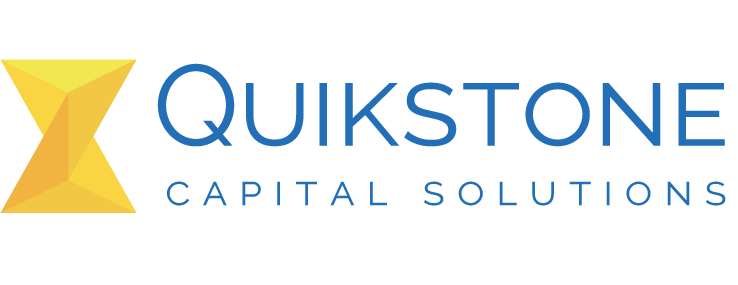 The start of a new year is the perfect time to reflect on your small business's progress and chart a course for the future. It’s when you can revisit your vision, set fresh goals, and motivate both yourself and your team to achieve new heights. Here is a step-by-step process to set new year business goals.
The start of a new year is the perfect time to reflect on your small business's progress and chart a course for the future. It’s when you can revisit your vision, set fresh goals, and motivate both yourself and your team to achieve new heights. Here is a step-by-step process to set new year business goals.
Assess the Past Year
Kicking off goal setting without reviewing the previous year is like trying to fix a leaky pipe without locating the source of the problem. Start by answering these key questions:
- What were your major achievements in the past year?
- Which areas fell short of expectations?
- Were there unforeseen obstacles or challenges that affected outcomes?
Analyze relevant metrics like revenue, customer acquisition, retention rates, or operational efficiency. This review will help you identify patterns, lessons learned, and areas that need improvement.
Example: If sales slumped in Q3 due to supply chain disruptions, one of your goals might be to streamline your logistics this year.
Define SMART Goals
Avoid setting vague objectives like "do better" or "increase revenue." Instead, craft SMART goals—objectives that are Specific, Measurable, Achievable, Relevant, and Time-bound. Examples of SMART Goals:
- Increase monthly website traffic by 25% by June through improved SEO strategies.
- Reduce customer wait times to under 3 minutes by March by hiring two additional support staff.
SMART goals give you clarity and make it easier to track progress.
Focus On Key Areas Of Business
While growth is important, it’s equally critical to ensure all aspects of your business are functioning efficiently. Here are five key areas you might consider targeting with your goals:
- Revenue and Sales: Example—Launch a promotional campaign to grow holiday sales by 15%.
- Marketing: Example—Double your email subscriber list by offering a downloadable resource in Q1.
- Operations: Example—Adopt new inventory management software to reduce stock errors by 20%.
- Customer Experience: Example—Improve customer satisfaction scores by offering loyalty rewards.
- Employee Development: Example—Provide staff training on new industry software by the end of Q2.
Make sure your goals are well-rounded to address both growth and sustainability.
Break Goals Into Actionable Steps
A big goal can seem overwhelming, but breaking it into manageable steps makes it achievable. For example, if your goal is to “grow revenue by 20%,” your action plan might include:
- Identify top-performing products and promote them heavily (January through March).
- Launch a referral program by February.
- Increase ad spend on social media campaigns beginning in April.
Communicate these steps clearly to your team to ensure everyone knows their role.
Use Technology And Tools
Whether it’s tracking performance or automating routine tasks, the right tools can significantly impact your goal-setting process. Recommended Tools for Small Businesses:
- Project Management: Trello, Monday.com, or Asana for tracking progress.
- CRM Software: HubSpot or Salesforce for customer relationship management.
- Analytics Tools: Google Analytics for website insights or QuickBooks for financial monitoring.
Technology can help you remain organized and make sure no step is missed.
Measure, Review, And Adapt
Goal setting isn’t a one-and-done exercise. It’s a dynamic process. Schedule monthly or quarterly check-ins to:
- Measure progress against your benchmarks.
- Identify roadblocks and brainstorm solutions.
- Adapt your action plan if necessary to stay aligned with business needs.
For instance, if demand outpaces your initial expectations, you may need to adjust inventory goals mid-year. Regular reviews keep you agile and focused.
Since 2005, Quikstone Capital Solutions has been a trusted advisor to thousands of merchants. Quikstone provides these merchants with easy, fast, and flexible working capital for all their business needs. If you need cash for your business, contact us today. We have only one goal: to help your business succeed.





